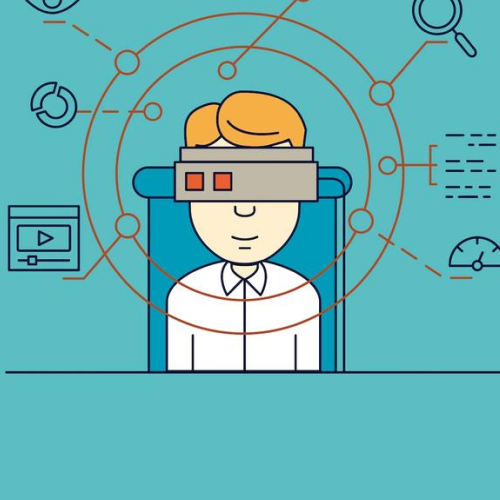5 Aspects that Influence the User Experience
Offer your users a positive experience
Do i like what i see? Am I having fun using it? Can I build trust? Are my expectations met? These are all aspects that more or less consciously contribute to the user experience and influence how well a product works for users and whether they would and want to interact with it again.
To ensure an optimal user experience, the following 5 points should be observed:
1. Benefit
A product should only be brought to market if it fulfills a purpose. On the market, a product without a benefit cannot assert itself against the competition.
Of course, the "benefit" is in the eye of the beholder. A computer game or a sculpture can have different uses for different people and, depending on that, can also be useless.
Therefore, be clear about the benefits your product is intended to provide and who uses it and how .
2. Usability
Definition according to the ISO standard: “Usability is the extent to which a product can be used by specific users in a specific context of use in order to achieve specific goals effectively, efficiently and satisfactorily.”
It therefore describes the user-friendliness of a product. If this is guaranteed, it increases the quality of such. A computer game with three controls is rather difficult to use because we humans only have two hands. So, as a user, I turn to an easier-to-use product.
If a product has good usability, this is usually not consciously noticed by the user. However, the pitfalls lie in poor usability, since the user is directly confronted with the weaknesses of the product.
Therefore, in order to survive in the market and not be pushed aside, user-friendliness is essential.
3. Find
The product must be easy to find and, in the case of digital information products, their content must also be easy to find, i.e. have a good information architecture. The reason is pretty simple – for example, if you can't find the content you're looking for on a website, you'll leave the site and almost certainly won't visit it again.
For example, if you're reading a newspaper and all the articles in it are randomly placed instead of being grouped by topic like sports, entertainment, politics, etc., it would be quite a frustrating affair. Finding what you are looking for in this chaos is just too time consuming.
It is important to structure and name content clearly. Depending on the content, filters, categories and a good search are also required to guide the user and avoid frustration.
4. Trust
Users in the 21st century do not give any provider a second chance once they have been disappointed. There are enough alternatives in almost every field to make you look for a more reliable provider. Reliability gives users confidence in the product. Confidence that it does what it's supposed to do and is fit for purpose.
In the age of online reviews, unreliability is fatal anyway. Make sure your product works as promised to users, anytime, anywhere.
5. Desire
Swatch and Rolex are both watch manufacturers. Both brands bring value and ease of use and are reliable in what they offer. However, Rolex is more desirable than Swatch. Not that Swatch is unpopular. But if you are faced with the choice of whether you want to get a new Rolex or a new Swatch watch as a gift, most would probably choose Rolex.
Desire is conveyed in design via branding, image, identity, aesthetics and emotion. The more desirable a product is, the more users will brag about it, show it around, and thus arouse interest in the product in other people.
Ideally, a product offers users a positive experience. Whether in the concept phase, in design or when developing digital solutions, the goal is always to offer users the best possible experience when interacting with the product - in line with our slogan: "We turn your products into a digital experience".

What actually is UX design?
User Experience Design explained - short and sweet! UX design starts with the user. It is about the experience that the user has when interacting with a system, product or service of a company. Only those who understand exactly what the user wants and what their goals are can develop a good product for them.

What are personas and why are they important?
What are personas and why are they important? Find out why personas play a crucial role when launching new software.